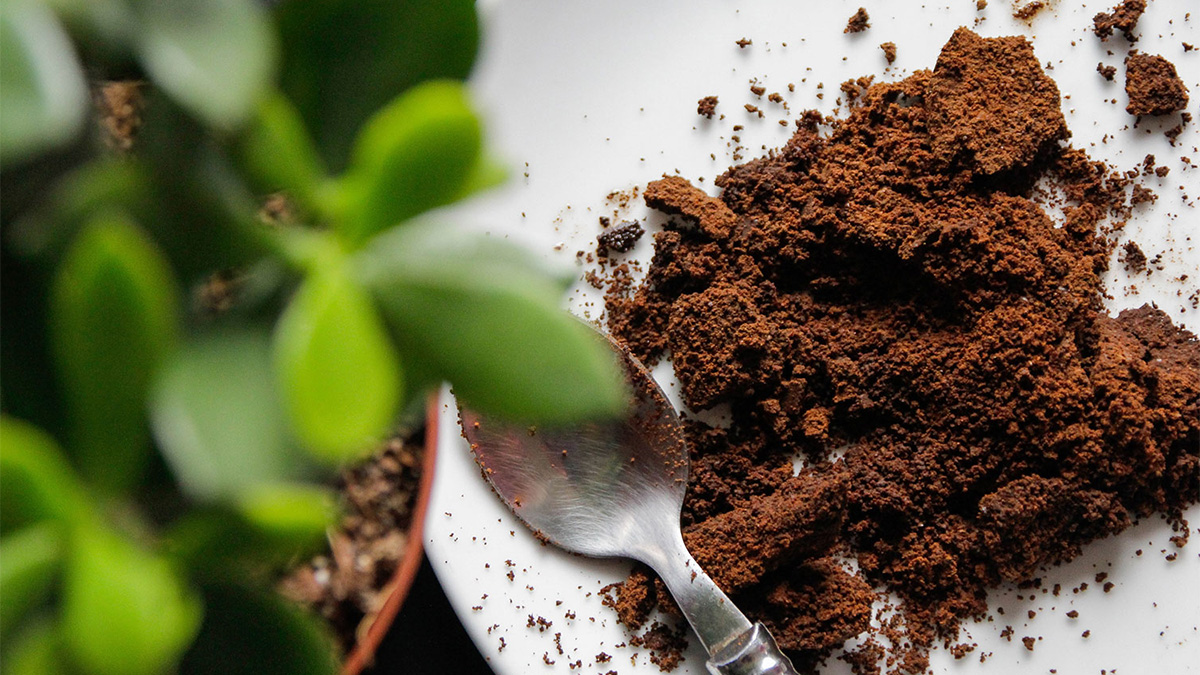Coffee Grounds in the Garden: Which Plants Actually Benefit?

Gardeners are always on the lookout for natural ways to enrich their soil and reduce waste and coffee grounds offer a promising solution. Packed with nutrients and easy to come by, they’ve become a go-to for many home growers. But not all plants appreciate a caffeine boost, and knowing how to use grounds properly can make a big difference in your garden’s health.
Why gardeners are talking about coffee grounds
Coffee grounds have gained popularity in home gardening circles for their potential to enrich soil and reduce waste. Many gardeners are eager to find natural ways to feed their plants while keeping kitchen scraps out of the landfill. While the idea is simple, it’s worth taking a closer look at which plants truly benefit from coffee grounds and how to use them correctly.
What’s in coffee grounds that helps plants?
Used coffee grounds are rich in nitrogen, which is a key nutrient for leafy growth in plants. They also contain small amounts of potassium, phosphorus, and other trace minerals. When broken down, coffee grounds help improve soil structure and support healthy microbial activity.
Best ways to use coffee grounds in the garden
One of the simplest ways to use coffee grounds is to sprinkle a thin layer around plants or directly into the soil. They can also be added to compost piles, where they balance well with brown materials like dried leaves or shredded paper. Some gardeners use coffee grounds as a mulch or pest deterrent, but it’s important to avoid piling them too thickly, as this can lead to water retention problems.
Plants that actually benefit from coffee grounds
Vegetables
Tomatoes can benefit from coffee grounds if used sparingly and mixed with compost, as too much nitrogen may encourage leaf growth over fruit. Carrots respond well to the improved soil texture and added nutrients. Radishes enjoy the slight acidity and loose soil that grounds can promote. Spinach thrives on nitrogen, making coffee grounds a helpful addition when composted first.
Flowers
Hydrangeas are a favorite among gardeners who want to shift flower color toward blue, which can happen in more acidic soils. Azaleas prefer slightly acidic soil, so light use of coffee grounds can help maintain the right balance. Camellias respond well to the nitrogen content and acidity. Roses can benefit when coffee grounds are combined with compost to avoid nitrogen burn.
Shrubs and other ornamentals
Rhododendrons appreciate acidic conditions and often grow better with the mild soil boost from coffee grounds. Gardenias thrive in nutrient-rich, acidic soil and may benefit from occasional applications. Blueberries are well-known acid-loving shrubs that can take advantage of composted coffee grounds. Evergreens like holly and pine also appreciate a slightly lower pH, which coffee grounds can help support.
Plants that don’t love coffee grounds
Some plants prefer neutral or alkaline soils and may suffer from added acidity. This includes crops like asparagus, lavender, and beets. Seedlings and young plants may also struggle if coffee grounds are applied directly, as the grounds can be too strong or create a barrier to moisture. Using too much can cause soil compaction, which restricts air and water flow around roots.
Common mistakes to avoid
Avoid relying solely on coffee grounds as a fertilizer, as they don’t provide a balanced nutrient profile. Applying a thick layer directly to the soil can lead to drainage issues and may even grow mold. Grounds that haven’t been composted may also attract pests if left on the surface, especially in warm and wet conditions.
Final tips for success
Store your coffee grounds in a dry place before use to prevent mold growth. If composting, balance them with brown materials for a healthy mix. It’s a good idea to check your soil’s pH before making coffee grounds a regular addition. Finally, observe how your plants respond, as not every garden will benefit in the same way.
Conclusion
Using coffee grounds in the garden can be both sustainable and rewarding when done with care. By understanding which plants benefit most and how to apply them wisely, you’ll boost your soil, support plant growth, and keep more kitchen waste out of the bin. A little knowledge goes a long way in turning those morning grounds into garden gold.
